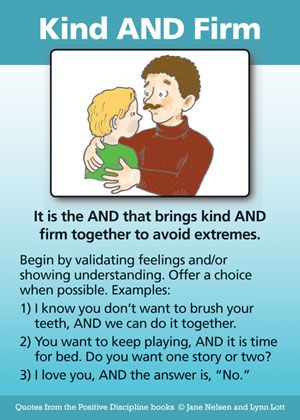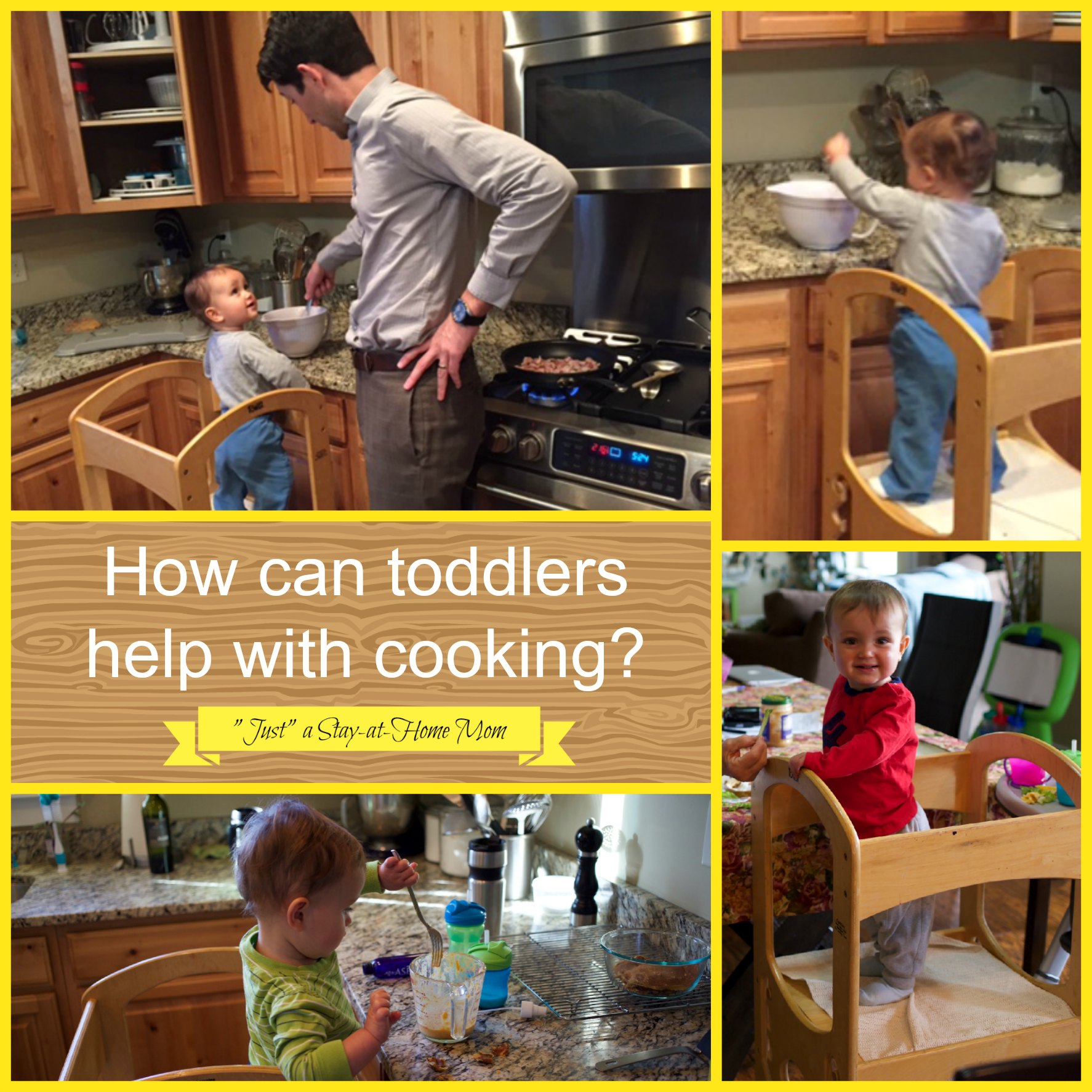Tag: Positive Discipline
-

Video Clip – Kindess & Firmness
Last month I had a 3-part Parenting Workshop series on Positive Discipline. I LOVE the tools of Positive Discipline and encourage parents everywhere to check out their resources. Click here to visit Positive Discipline You can check out their books here. Here is a quick tip to be less frustrated/angry when you follow-through.
-

How to help a 1-year-old having a tantrum
I absolutely love Positive Discipline! Click here to visit Positive Discipline. If you haven’t checked out any of their books or website – do it now! They have the best advice (in my opinion) for how to help behaviors in a way that is kind AND firm at the same time. Today, I want to…
-

Ways to involve your toddler in the kitchen
If your 1-year-old is like mine, they LOVE to be involved with cooking (or anything you are doing in the kitchen)! My Chunky Monkey loves to sweep too. These are aspects that Montessori calls “Practical Life” lessons. When a child has ways that they can be involved in the daily activities (cooking and cleaning), they…